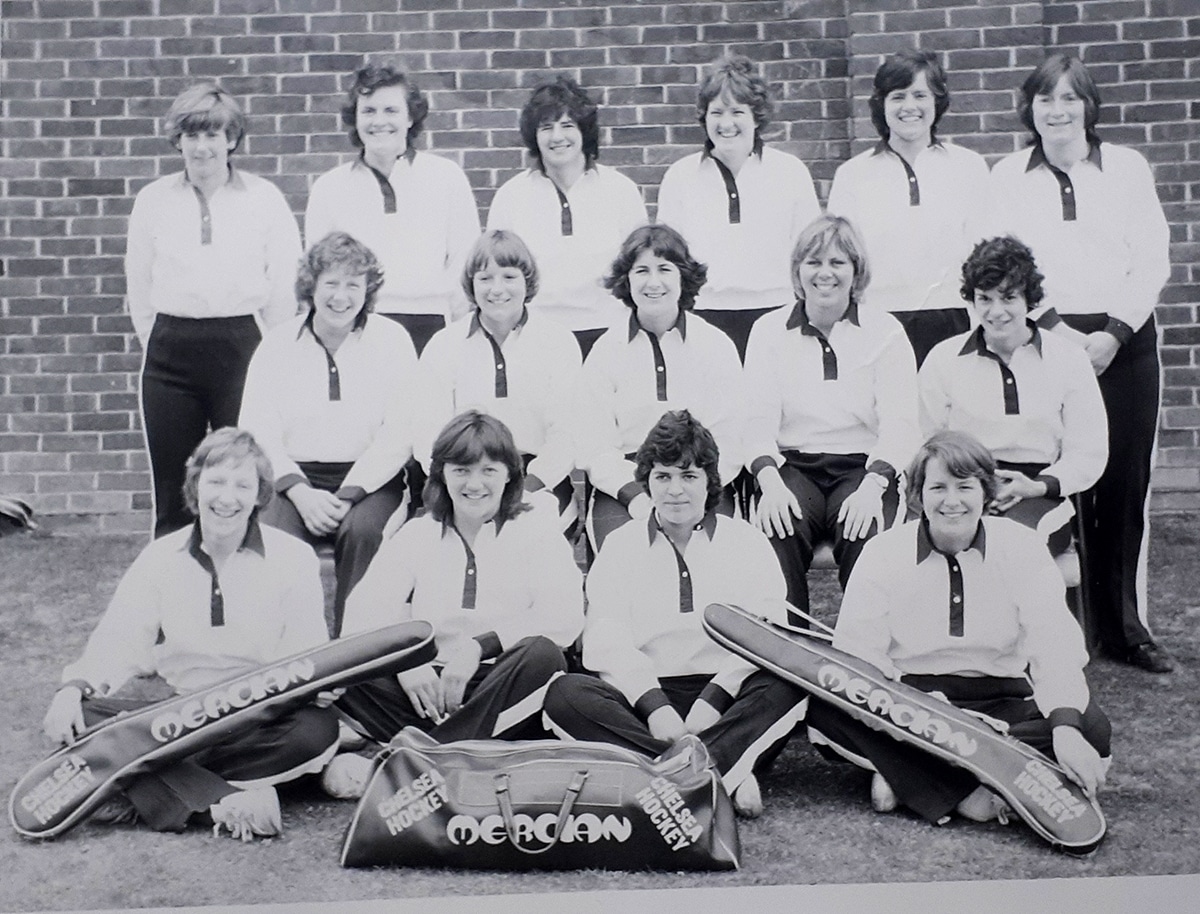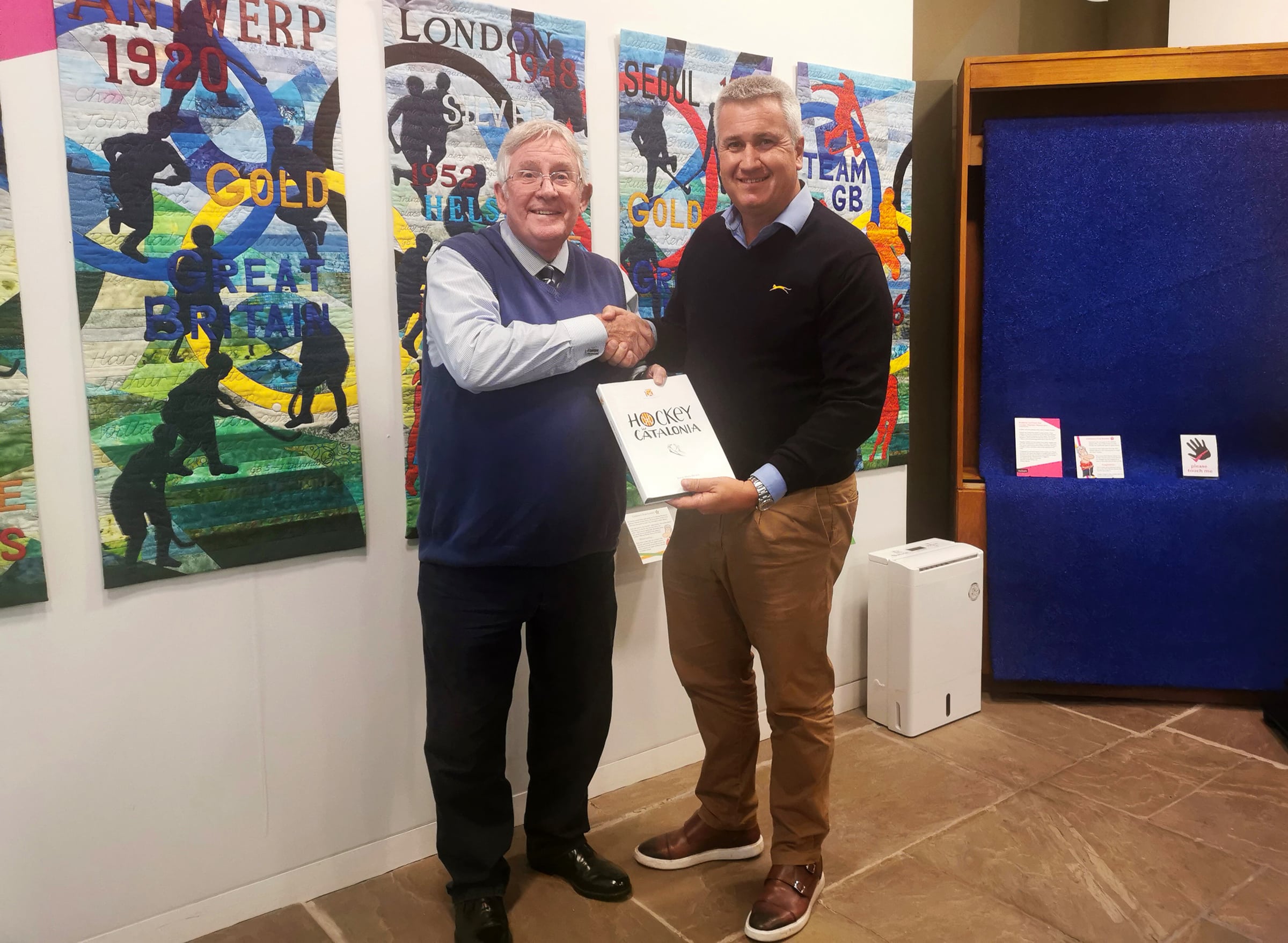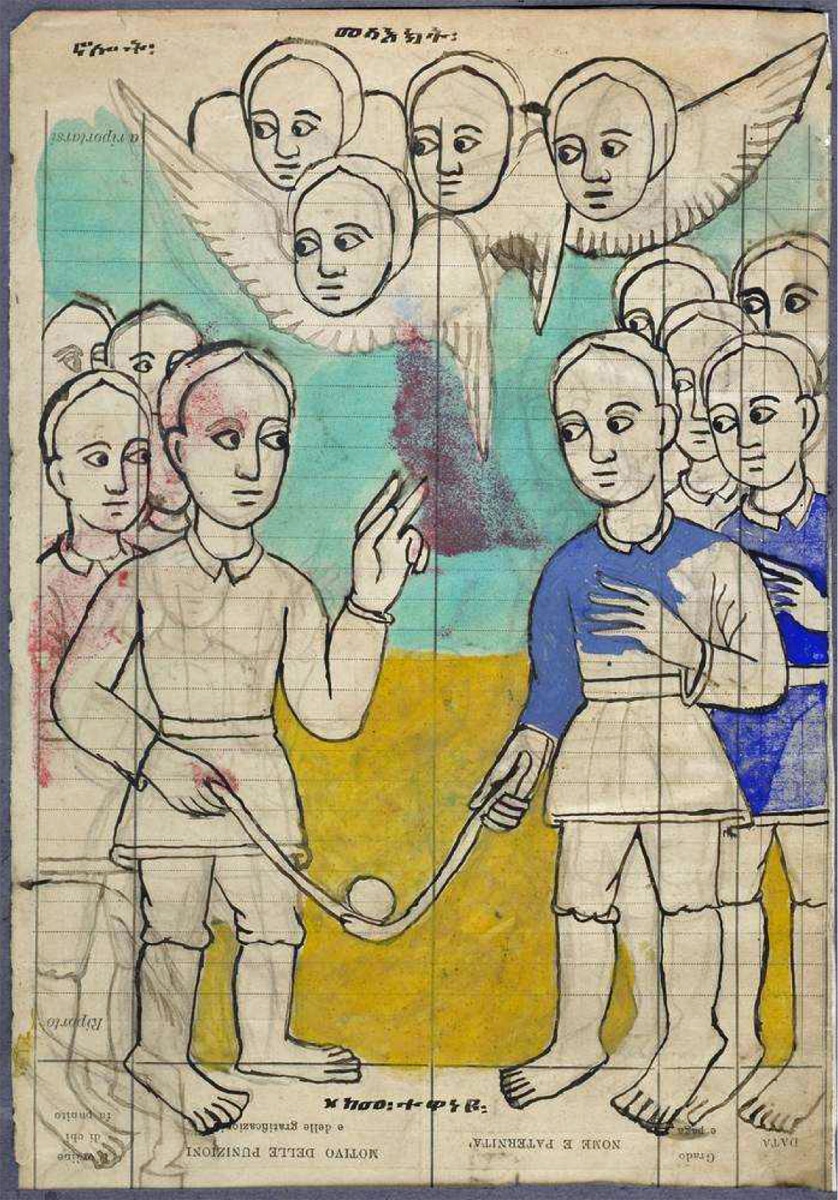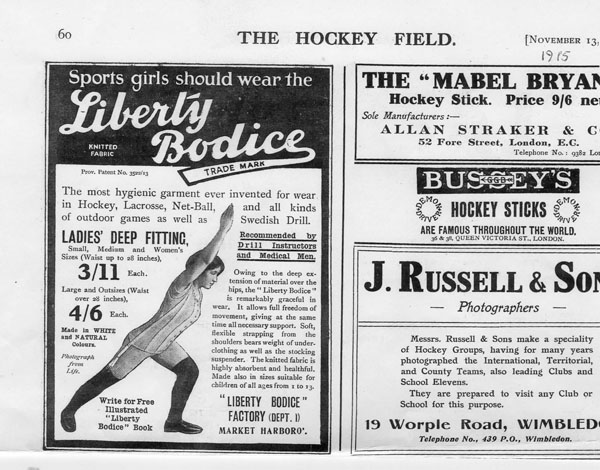In September 1975, the England women’s hockey team were crowned ‘World Champions’ following their victory at the International Federation of Women’s Hockey Associations (IFWHA) World Championship in Edinburgh, Scotland. The winning England team were recognised by the British press and nominated for the Sports Writers’ Team of the Year award (finishing third). Behind England’s victory lies a story of sporting and gender politics and a controversy relating to this tournament’s international status that continues to this day.
Why is the 1975 IFWHA event historically significant?
The significance of this event was that it was the first time in its history that the IFWHA had organised a tournament on a truly competitive basis. It publicly acknowledged the event as a “Championship” (rather than a “Tournament”), had an official winner and presented a trophy to the winning team. The IFWHA had organised events for international women’s teams to play each other on a regular basis since 1933. These coincided with the IFWHA Conferences which were initially held every three years, later moving to every four years. They were hosted by countries all around the globe including the likes of the United States of America (USA), South Africa, Australia, New Zealand, Germany and England. All nations affiliated to the IFWHA attended the conferences but in the early years only around eight nations took part in the matches. By the 1950s, the number of teams regularly topped 16, reaching a peak in Edinburgh in 1975 when 22 nations participated.
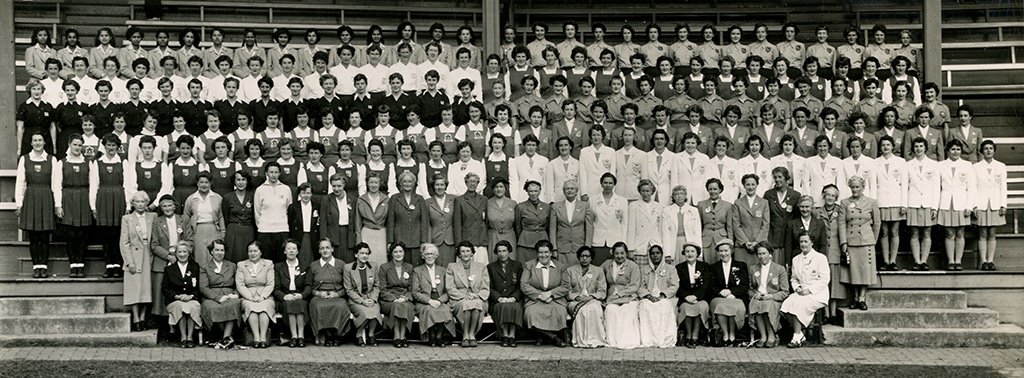
Delegates and players at the IFWHA Conference and Tournament, held in Sydney, Australia in 1956.
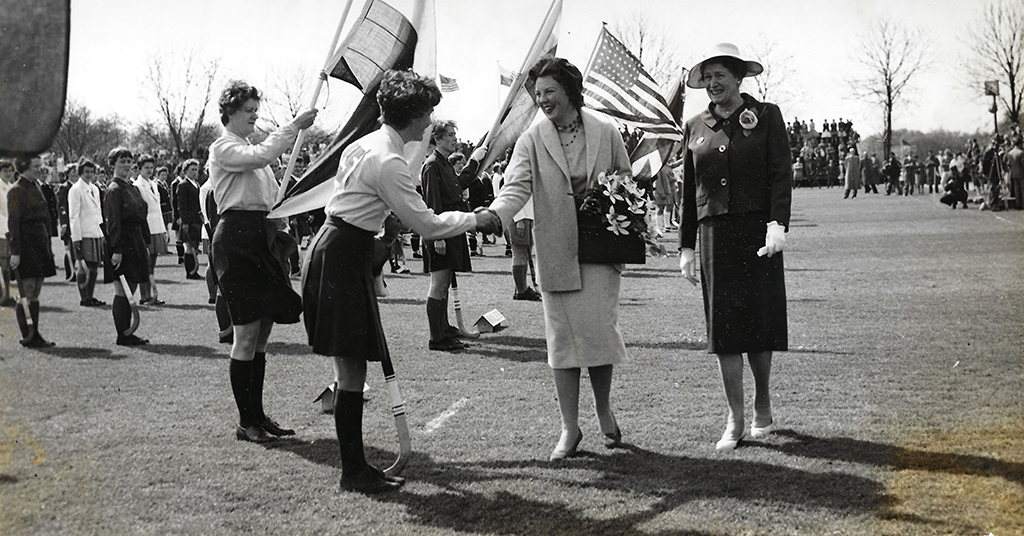
Dignitaries meet the players during the opening ceremony of the IFWHA Tournament held in Amsterdam, the Netherlands in 1959.
These events were massive undertakings and were all planned and held in an era when there were no equivalent international men’s hockey tournaments organised by the International Hockey Federation (FIH) or anyone else outside of the Olympic Games. The first men’s FIH World Cup wasn’t held until 1973. These women’s tournaments were based on the IFWHA philosophy of participation, friendship and improvement. The IFWHA mantra of “furthering the interests of hockey and improving the standards of play throughout the world” was emphasised in Conference reports as late as the 1967 event held in Leverkusen, Germany – the concept of competition and winners was still seen as a definite ‘no-no’. All events prior to the 1971 IFWHA World Tournament were organised on a ‘round-robin’ basis with every team playing the same number of games but not playing against every nation – therefore no winner.
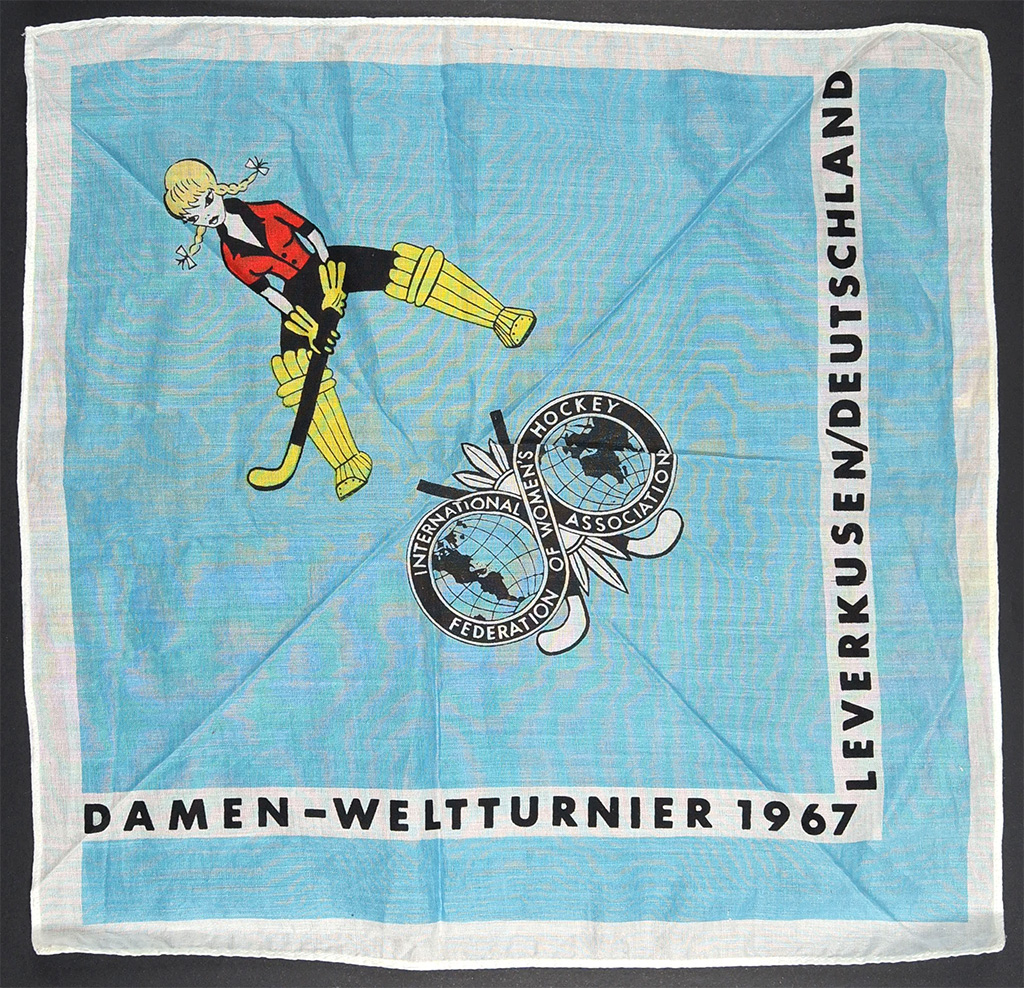
Handkerchief from the IFWHA World Tournament in Leverkusen, Germany in 1967. From The Hockey Museum collection.
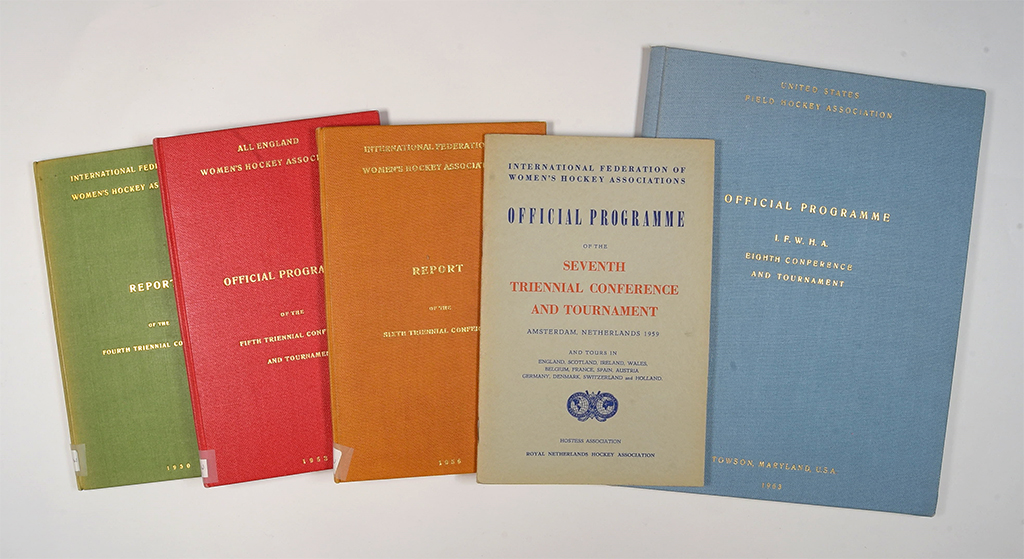
Various official programmes and reports (1938 to 1953) of IFWHA Conferences and Tournaments, which began in the 1930s. From The Hockey Museum collection.
A quick look at Wikipedia would suggest that others looking back at these past events have seen things differently. The Wikipedia pages dedicated to reporting on the results of matches at the IFWHA Conference and Tournaments list winners of the events simply by the team who won the greatest number of matches. The Hockey Museum maintains that this is a fundamental misunderstanding of the philosophy of how these events were organised. Archive material in The Hockey Museum and elsewhere tells a different story.
However, things were beginning to change in the late 1960s. In England there had always been a ‘competitive’ element in schools and university hockey despite long-established ideals of ‘amateurism’. Club and county teams also started to compete for trophies and pressure grew for changes at international level as well. The 1971 IFWHA event in Auckland, New Zealand did not have an official winner but the teams were seeded and after initial pool matches the top four teams were placed in one group. They then all played each other. It was possible to work out the overall ‘winner’ of the event (the Netherlands) but there was no winner announced or reported on in the official documents.
This was the first tentative step towards introducing more formal competition. The pressure for women’s hockey to be included in the Olympic Games and the growing pressure from players in many countries for a more competitive sport meant that the IFWHA bowed to the inevitable – a Championship with a trophy (a quaich) at the next IFWHA event in 1975.
The 1975 World Championship was an enormous undertaking for the Scottish Women’s Hockey Association, which organised the competition with the support of the IFWHA. 22 teams attended (a record number) and had to be organised into seeded pools that needed to play-off to deliver semi-finalists, subsequent finalists and a winner. 80 matches were played over a 12-day period on grass pitches in September, in Scotland! It all went to plan and England eventually overcame Wales 2-0 in the final to take the trophy.
Scottish Hockey Heritage Group | Organising the Eleventh IFWHA Conference and Tournament
So, why the controversy?
Today (in 2025), controversy still surrounds the status of the IFWHA 1975 World Championship and the subsequent 1979 IFWHA Championship in Vancouver, Canada, because the FIH does not recognise them as Women’s World Cups in its official records. It is a complicated situation. During this period of hockey’s history there were two world governing bodies for women’s hockey – the IFWHA and the FIH. From 1927, the IFWHA was the significant governing body for international women’s hockey but the FIH, set up in 1924 to run men’s hockey, did have women’s sections. The FIH allowed its women’s sections to also affiliate to the IFWHA and to a large part allowed the IFWHA to run the international women’s agenda. The status quo began to change in the early 1970s when discussions about the possible entry of women’s hockey into the Olympic Games started to surface. The IFWHA was still cautious about any move to competitive sport, so the FIH went ahead and organised its own Women’s World Cup in France in 1974, a year before the 1975 IFWHA event in Edinburgh.
The IFWHA and the FIH records relating to some of these decisions make for interesting reading. A note in the IFWHA Conference report of 1975 infers that the FIH only decided to organise their 1974 event when they heard that the IFWHA were going to introduce its own World Championship (that is to say, ‘World Cup’) in 1975. In contradiction, a letter from Etienne Glichitch (the FIH General Secretary) states that the IFWHA suddenly changed its mind about ‘competitions’ when it heard that the FIH was organising the 1974 World Cup. Whatever the real reasons, the two associations were not on good terms during this period. It took some peace-making effort from both parties to bring the sides back to discussing the inevitable merger into a single global governing body as demanded by the International Olympic Committee (IOC). The Supreme Council formed of representatives from both governing bodies was agreed by the IFWHA at the Edinburgh Conference in 1975 – a joint umbrella structure for all hockey matters at world and Olympic level. It paved the way for women’s Olympic hockey in 1980 and for the new-look FIH, which came into being in 1983.

IFWHA global delegates at the 1975 Conference in Edinburgh.
In the period between the first Women’s World Cup in 1974 and the FIH/IFWHA merger in 1983, there were seven women’s world tournaments organised: four run by the FIH (1974, 1976, 1978 & 1981), two by the IFWHA (1975 & 1979) and one held jointly in 1983. Only the five organised by the FIH are recognised and/or recorded in the FIH records on its website. In its recent centennial book, the FIH does acknowledge the role that the IFWHA Conferences and Tournaments played in the worldwide development of international hockey events, but otherwise there is no recognition of the 1975 and 1979 tournaments and the two winning teams, England and the Netherlands, on its website.
World Cups | Official FIH website
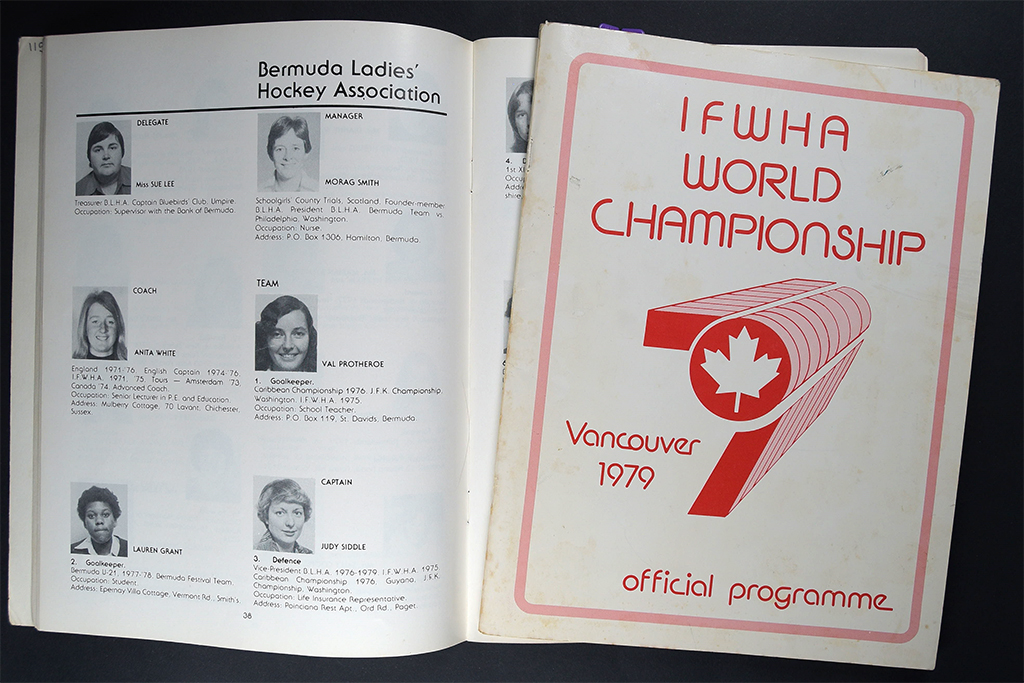
Official programme from the 1979 IFWHA World Championship in Vancouver, Canada. From The Hockey Museum collection.
In his 2024 doctoral thesis*, David Lewis-Early discusses the issue of this relationship between the early women’s World Cups. He comments that the FIH competition was “in the strictest sense a FIH women’s section tournament” only, whereas the IFWHA events were larger and attended by almost all the top women’s hockey nations. His conclusion is that “While [the] FIH may hold that monumental claim [to having organised the first Women’s World Cup], the 1975 IFWHA World Championships in Edinburgh had representatives from both federations so held the accolade of the first World Championships to represent all participating women’s hockey nations.”
The dissolution of the IFWHA in 1983 saw women’s hockey governance pass from the IFWHA into the sphere of the FIH to form a single world body. This suggests that the history of both governing bodies ought to be recognised by today’s Federation, with the FIH effectively adopting and championing the IFWHA’s competitive tournament history. The size and significance of the two World Championships organised by the IFWHA in 1975 and 1979 further supports the argument that they deserve a place in hockey’s World Cup history records. They may not have been organised by the FIH, but they have a place in the wider records of women’s global competition, with England (in 1975) and the Netherlands (in 1979) recognised as ‘World Champions’ on a par with the other winners of the FIH Women’s World Cups.
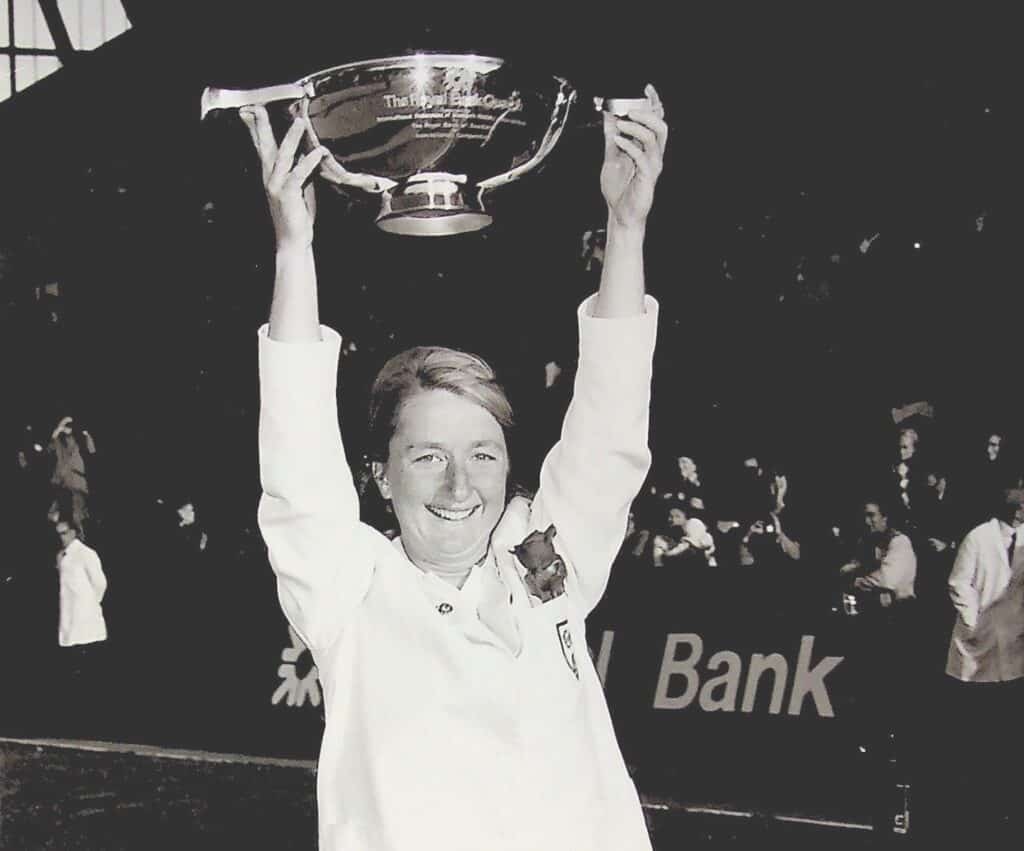
Anita White was captain when England won the International Federation of Women’s Hockey Associations (IFWHA) World Championship in Edinburgh in 1975. She is photographed here lifting the quaich trophy following a 2-0 victory over Wales in the final.
_______________________________________
* The title of David Lewis-Earley’s thesis is: “So proved themselves supreme in women’s hockey throughout the world”: A History of English and British International Women’s Hockey 1951 – 2016.

![IFWHA flag [detail] The detail of the applique on the IFWHA flag, showing two globes, one of The Americas, the other the Rest of the World and the words International Federation of Women's Hocket around them.](https://hockeymuseum.org/wp-content/uploads/2024/04/IFWHA-flag-detail.jpg)

